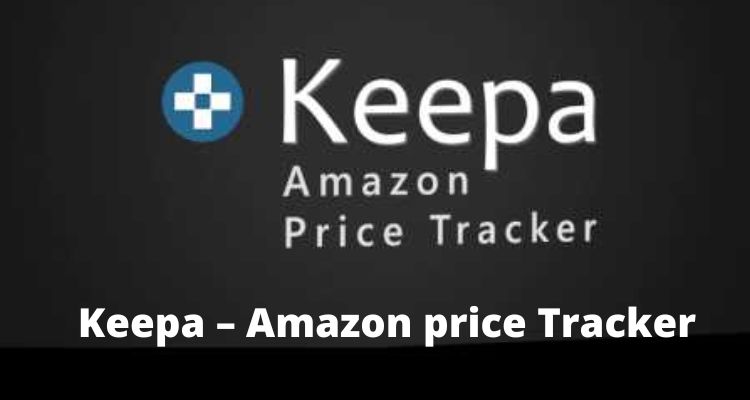Mulesoft is known as one of the world’s most powerful integration tools used by companies to design new programs and achieve other sophisticated software deliverables. This technology also allows businesses to develop new IT solutions to open up opportunities in the ever-changing technology world.
Due to the many possibilities available through this tool, businesses often enlist the services of other firms to help them with IT solutions using MuleSoft. However, before hiring a Mulesoft development company, there are certain things you should know about the MuleSoft tool.
The following are five of such things:
1.Top Features of MuleSoft Tool
The MuleSoft tool offers several features that make them popular among software developers and users. The following are five of the top features that make MuleSoft unique in the software market:
- Message Routing – Allows users to route, aggregate, filter, and resequence messages based on content rules.
- Service Meditation – It covers shielding services from message formats and protocols, which allows service calls based on their location and brings a divide between messaging and other business logic.
- Data Transformation – It entails the transfer of data from one source to another using various formats and protocols.
- Service Hosting And Creation – Involves bringing reusable services and hosting solutions to businesses through the lightweight service container of MuleSoft ESB.
- Open Source – All components and features of MuleSoft are open to customization and extension, depending on your business’s individual needs. The entire tool also comes with a MuleSoft community that supports users with resources such as user guides and tutorials.
2.MuleSoft Certification
Before hiring an expert for MuleSoft development, you should always lookout for the certification that shows the level of experience and knowledge candidates possess. Potential employees, developers, and MuleSoft partners have the options to acquire multiple types of professional MuleSoft certifications as outlined below:
- Associate – Developers become new MuleSoft Certified Developers after passing the BETA exam.
- Specialist – This level of accreditation in MuleSoft Architecture is open to MuleSoft Certified Architects. Candidates need to pass the Solution Design Specialist exam, an exam available only for the Anypoint Platform Architecture after candidates take the Solution Design training course.
- Professional – This is the highest level of MuleSoft accreditation that offers the best integration development of MuleSoft solutions and is awarded after the Integration Professional exam.
All these three certifications provide developers the opportunity to offer potential employers a digital badge as proof of their level of expertise.
3.Mule 3 Update – Mule 4
To adequately accommodate the changing IT needs of businesses worldwide, Mule 4 was released to replace the then-popular Mule 3. Making a brief comparison between Mule 3 and Mule 4, it’s clear that there are some impressive additions at a relatively low price. Below are some of the remarkable new advantages that Mule 4 offers.
Message Transformer
Transforming messages in Mule 3 requires java conversion and router components. On the other hand, Mule 4 converts messages automatically. Thus, you don’t need to change messages to java objects manually.
Error Handling
The Mule 4 handles error messages in a slightly different way. Mule 3 deals with errors using java. However, this is optional in Mule 4. You can create exceptions for specific components of block messages to deal with errors.
Self-Tuning
The thread pool of Mule 3 is defined by the runtime that users need to tune manually. However, the runtime of Mule 4 is dynamic and self-tuning. This goes a long way to render optimum performance in the new release.
DataWeave 2.0
Mule messages in Mule 3 require Dataweave and Mule Expression Language (MEL). This comes with some disadvantages, such as scattered approaches and data inconsistencies. However, Mule 4 only requires DataWeave 2.0 that pushes messages directly into connectors instead of using MEL.
Event Processing
Mule 4 offers a compact model of event processing. The new release makes this possible by its ability to optimize command hierarchies and unnecessary workflows.
Improved Application Configuration With Maven
Mule 4 has a Maven integration to provide users with better application management and configuration. This is facilitated by making all applications in the new update Maven 4 compatible.
4.ServiceNow Certified
Companies can integrate their systems with ServiceNow using MuleSoft. Making use of the MuleSoft Anypoint Platform, you can connect your Enterprise Service Management and enterprise applications with ServiceNow. This includes both firewall and cloud applications. Here are some advantages of connecting MuleSoft and Service:
- The ability to expand the capabilities of ESM to reach applications like Workday, SAP, and Salesforce.
- ERP, CRM, and other IT applications can also be connected.
- Companies can integrate valuable processes across different departments, such as finance, HR, and operations.
5.Connecting All SaaS, SOA, and APIs
MuleSoft’s AnyPoint platform also helps streamline IT solutions by linking all their API, SOA, and Saas integrations. The platform enables the connection of applications and IT systems, whether on-premise or in the cloud.
Conclusion
Many companies such as Spotify, Coca-Cola, AT&T, and Netflix have worked with MuleSoft to outsource their IT and develop integrated solutions for their software. Choosing MuleSoft comes with several advantages and perks, and these five points will help make a more informed decision.




